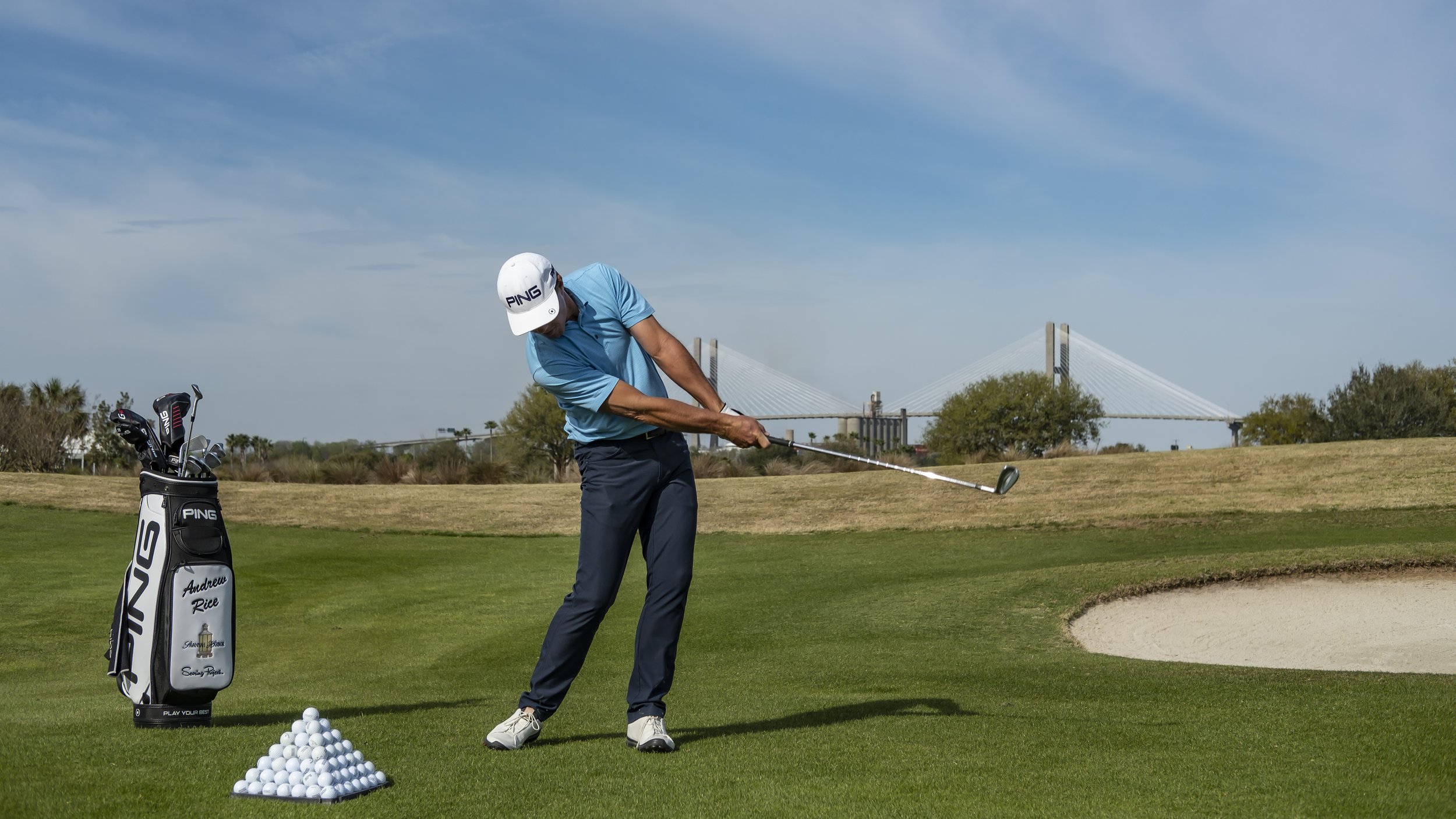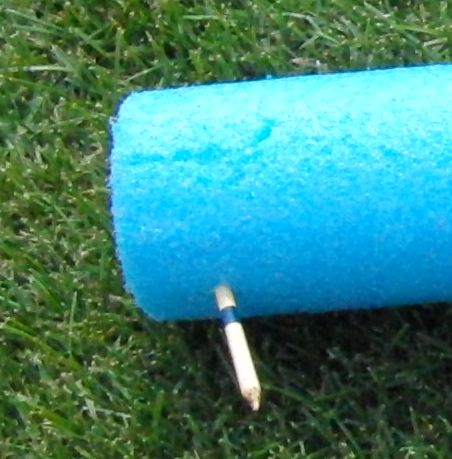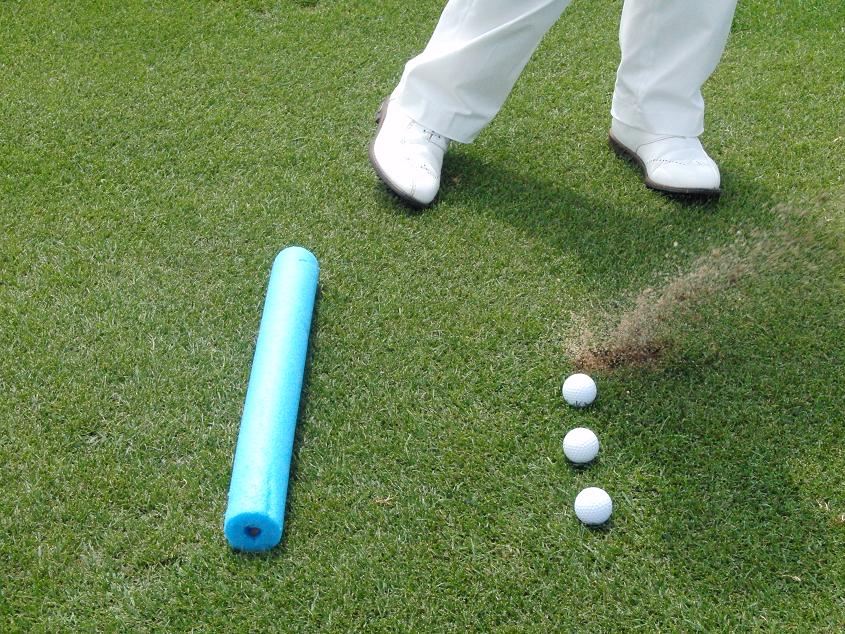A Drill for Better Strikes & Trajectory
/This is a fairly straightforward drill that will activate the trail side in the downswing and reduce any “tipping” tendency that might get the clubhead stuck behind the golfer. If you struggle with thins, and fats in tandem with blocks and hooks, then this is one for you to try.
A few points to note:
This drill works nicely with a 7 or 8 iron struck off a low tee.
Keep the stance fairly narrow and drop the trail foot back about a foot inside where you’d normally place it.
Rehearse and then rehearse again. Remember that as you practice this you’re trying to make technical changes, so go slowly and get it right….every time!
Try to feel the trail shoulder continuously moving through the impact zone. It should feel as if you’re “covering” the ball with that trail shoulder.
As you get more comfortable you can start to pick up the speed and move the back foot into a more neutral position.
This drill really has worked wonders for a few of my students in that it has upgraded both the quality of strike along with the ball flight. The next time you find yourself struggling with either strike or trajectory give this drill a try. I think you’ll be pleasantly surprised.















